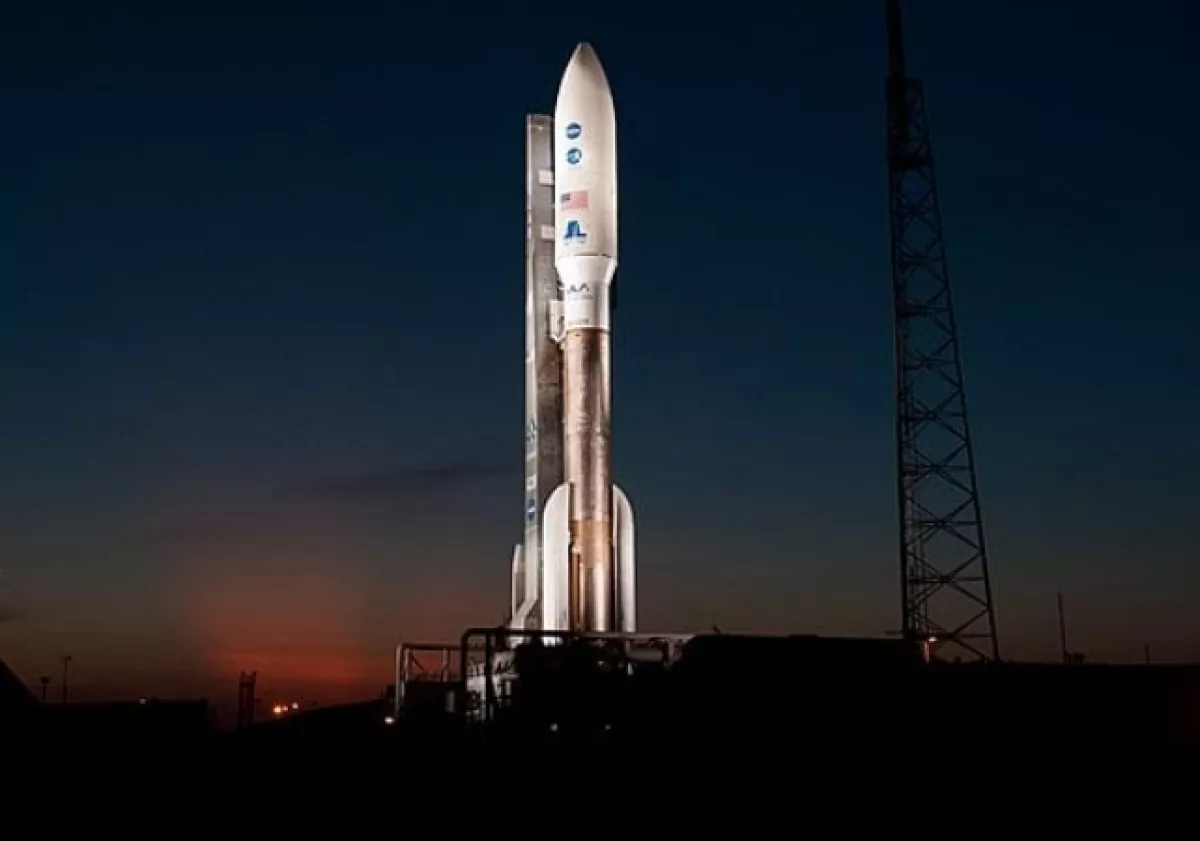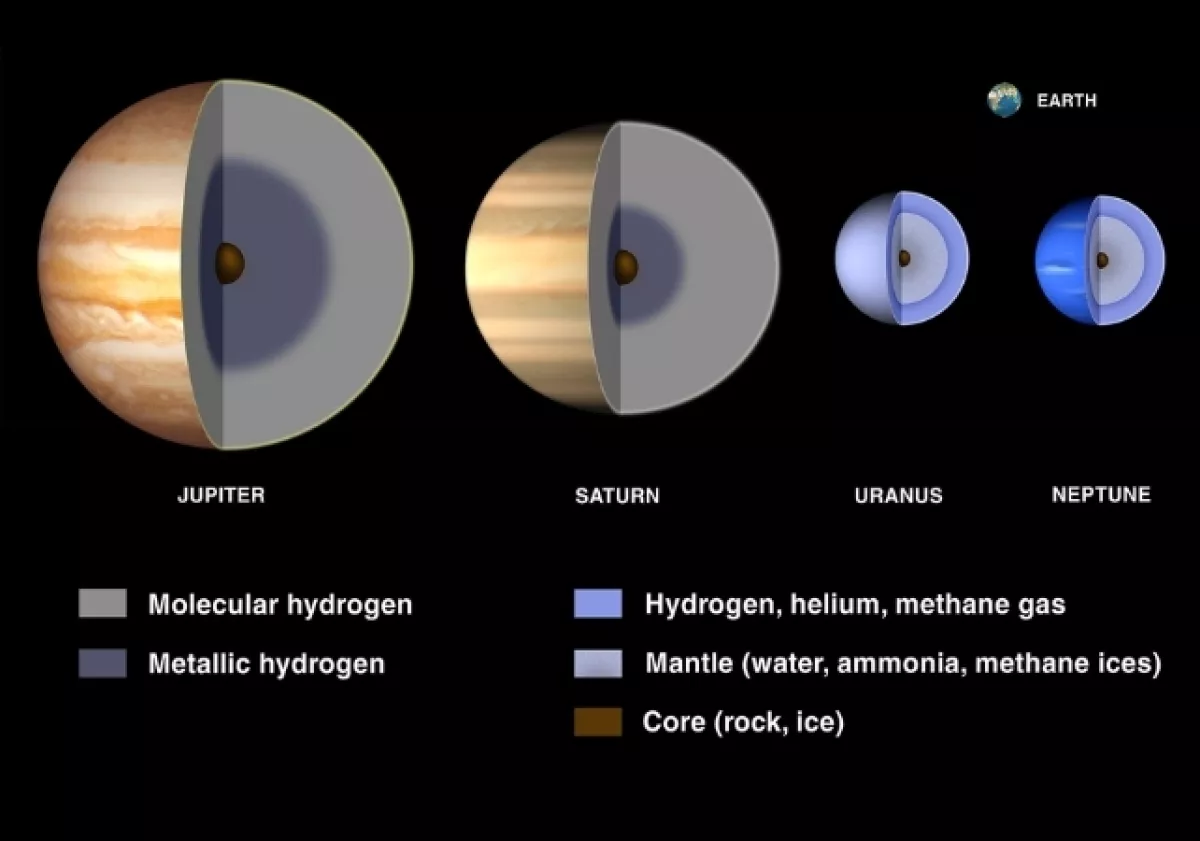Jupiter’s strange core revealed: A slow-build mystery, not a catastrophic crash Photo / Video
Jupiter, the largest planet in our Solar System, continues to baffle scientists with its unusual interior. Unlike what was long expected, the gas giant doesn’t have a sharply defined core. Instead, its central region gradually merges into the surrounding hydrogen layers, creating what researchers call a "dilute core."
This unexpected structure was first revealed by NASA’s Juno spacecraft, which has been orbiting Jupiter since 2016, according to ScienceAlert.
The discovery challenged traditional ideas of planetary formation and deepened the mystery when Saturn was found to have a similar internal configuration.

One widely discussed explanation suggested that a massive collision early in Jupiter’s history might have scrambled the planet’s core. “Scientists theorised that a massive object, perhaps containing half of Jupiter's core material, crashed into the young planet with such force that it thoroughly mixed the central region,” the study notes.
To test this “giant impact” hypothesis, a team of researchers at Durham University collaborated with NASA, SETI, and the University of Oslo. Using the DiRAC COSMA supercomputer, they simulated massive impacts on Jupiter-sized planets, exploring extreme scenarios and tracking how materials might mix.
The results, however, were surprising. “We see in our simulations that this kind of impact literally shakes the planet to its core, just not in the right way to explain the interior of Jupiter that we see today,” said Dr. Thomas Sandnes of Durham University. Rather than producing a stable dilute core, the models showed that the dense rocky material would settle quickly, forming a sharp boundary — the opposite of what Juno observed.

Instead, the team concluded that Jupiter’s unusual core likely developed gradually as the planet slowly accumulated both heavy and light materials over billions of years. The fact that Saturn shares a similar structure strengthens the case for gradual formation.
“These findings suggest that dilute cores are not the result of rare, extremely high-energy impacts but instead form gradually during the long process of planetary growth and evolution,” said Dr. Luis Teodoro from the University of Oslo.
The implications extend far beyond our Solar System. Thousands of Jupiter- and Saturn-sized exoplanets have been discovered orbiting other stars. If dilute cores form slowly rather than through dramatic collisions, many of these distant worlds may also host complex, layered interiors.
While giant impacts undoubtedly played roles in shaping planets, this research highlights that some features, like Jupiter’s diffuse core, emerge through far subtler processes. As scientists continue to explore both our stellar neighbourhood and far-off systems, the planet’s enigmatic heart reminds us that the Universe still has many secrets to reveal.
By Aghakazim Guliyev








